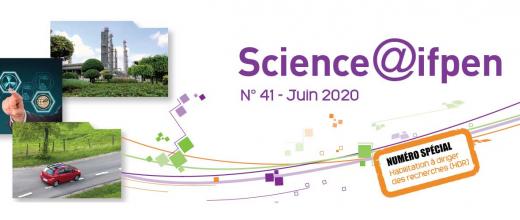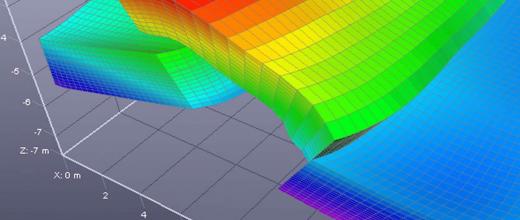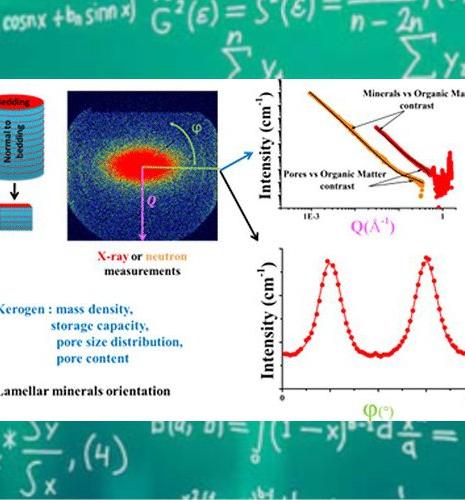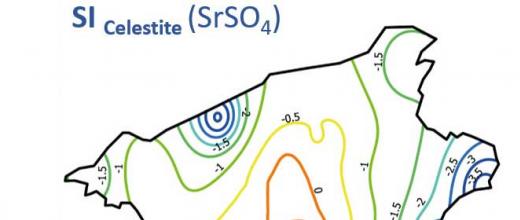
News in brief
Characterization and modeling of the facies(a)-eogenesis(b) couple, initial state of carbonate reservoirs (HDR 2017)
Carbonate reservoirs present significant heterogeneities (in terms of types and scales) associated with the biological origin of sediments c, as well as the diagenetic transformations that took place

Individual page
Benoit NOETINGER
Dr B Noetinger, editor-in-chief STET https://www.stet-review.org/, expert in transport modeling in disordered media
Benoît Noetinger graduated from the École Polytechnique in Paris, and holds a thesis at UPMC (now Sorbonne University) in liquid state physics, the work of which was carried out at the PMMH laboratory

Individual page
Thibaud Chevalier
Research Engineer / Ph.D. in Mechanical Engineering
Since 2024, Thibaud Chevalier has joined the Applied Physico-chemistry and Mechanics Division at IFP Energies nouvelles as a Fluid Mechanics Engineer and works on CO2 storage and geothermal energy. He

Individual page
Mickaele Le Ravalec
Director of the Economics and Technology Intelligence Division
Mickaele Le Ravalec studied earth sciences at EOST, Strasbourg, before obtaining a PhD in rock physics from the University of Rennes (1995) and an HDR from the University Louis Pasteur, Strasbourg

Individual page
Isabelle MERDRIGNAC
Research Chemist Engineer - PhD
Isabelle Merdrignac graduated from the Ecole Supérieure de Chimie Industrielle de Lyon (ESCIL-CPE). She then completed a Master in analytical Chemistry before obtaining a PhD at the university of

Individual page
Quang Huy TRAN
Research engineer in Scientific Computing
Quang Huy Tran graduated from Mines ParisTech and completed his doctoral thesis in Applied Mathematics at IFPEN and Rice University (Texas) before returning to IFPEN as a research engineer

News in brief
A scientific visitor helps improve the monitoring of CO2 storage facilities
Over the past ten years, IFPEN has been conducting research on the geochemical monitoring of the geological storage of CO 2, in order to gain a better understanding of the natural water flows that may

News in brief
Foam rheology in porous media
For processes involving gas injection, such as enhanced oil recovery (EOR a) and CO 2 storage operations, the use of foam makes it easier to control gas mobility. Improving these processes requires

News in brief
Phase equilibria in confined media
In many geological reservoirs, pore size distribution is highly heterogeneous (from 2 to 50 nm). While the molecular size of the confined fluids is between 0.5 and 10 nm, their interaction forces with

News in brief
What percentage of free compounds in porous media?
The energy mix required to satisfy global needs will include fossil hydrocarbons for some time to come. Therefore, estimating existing reserves, i.e., the quantity of liquid organic compounds present








